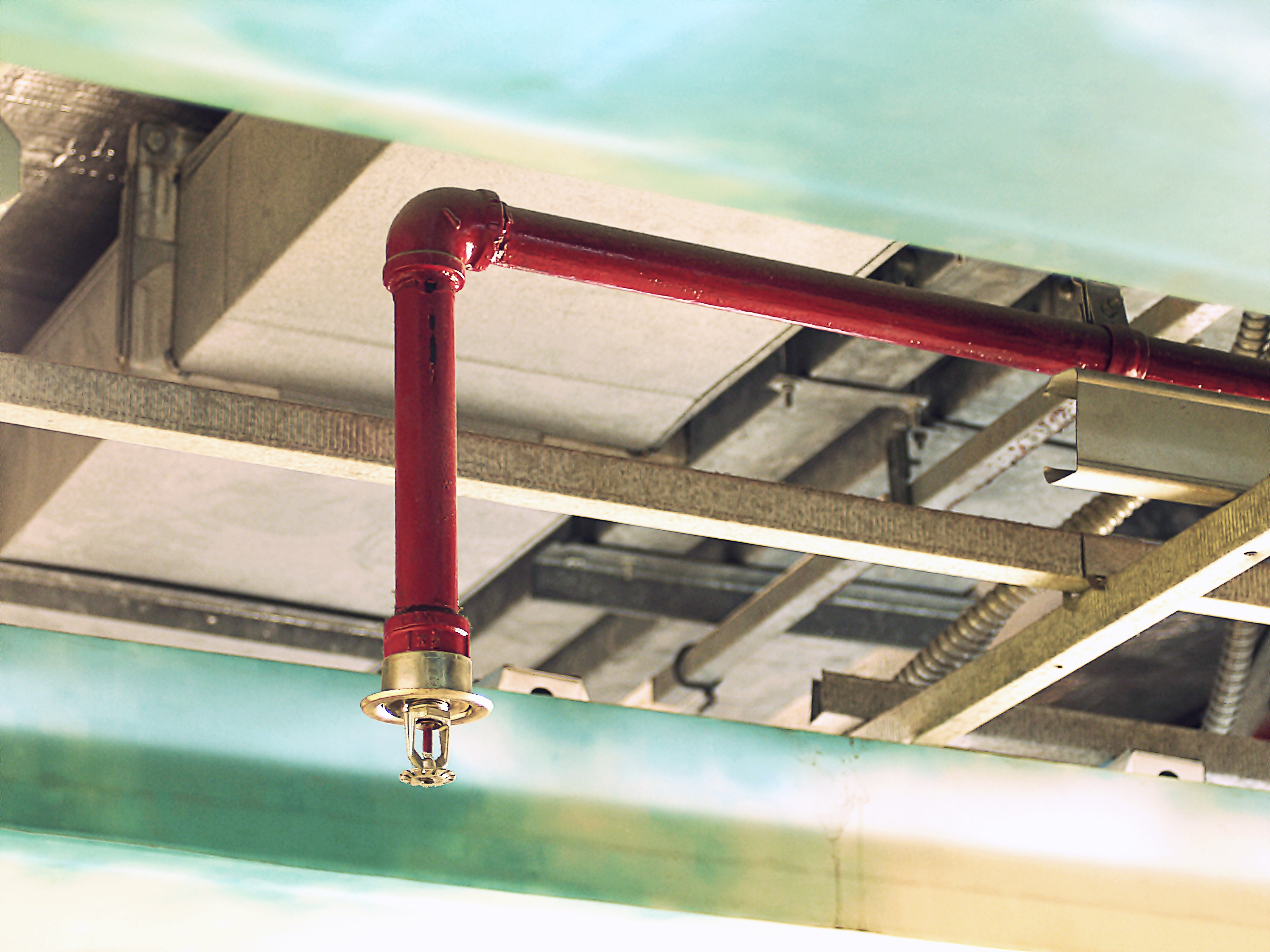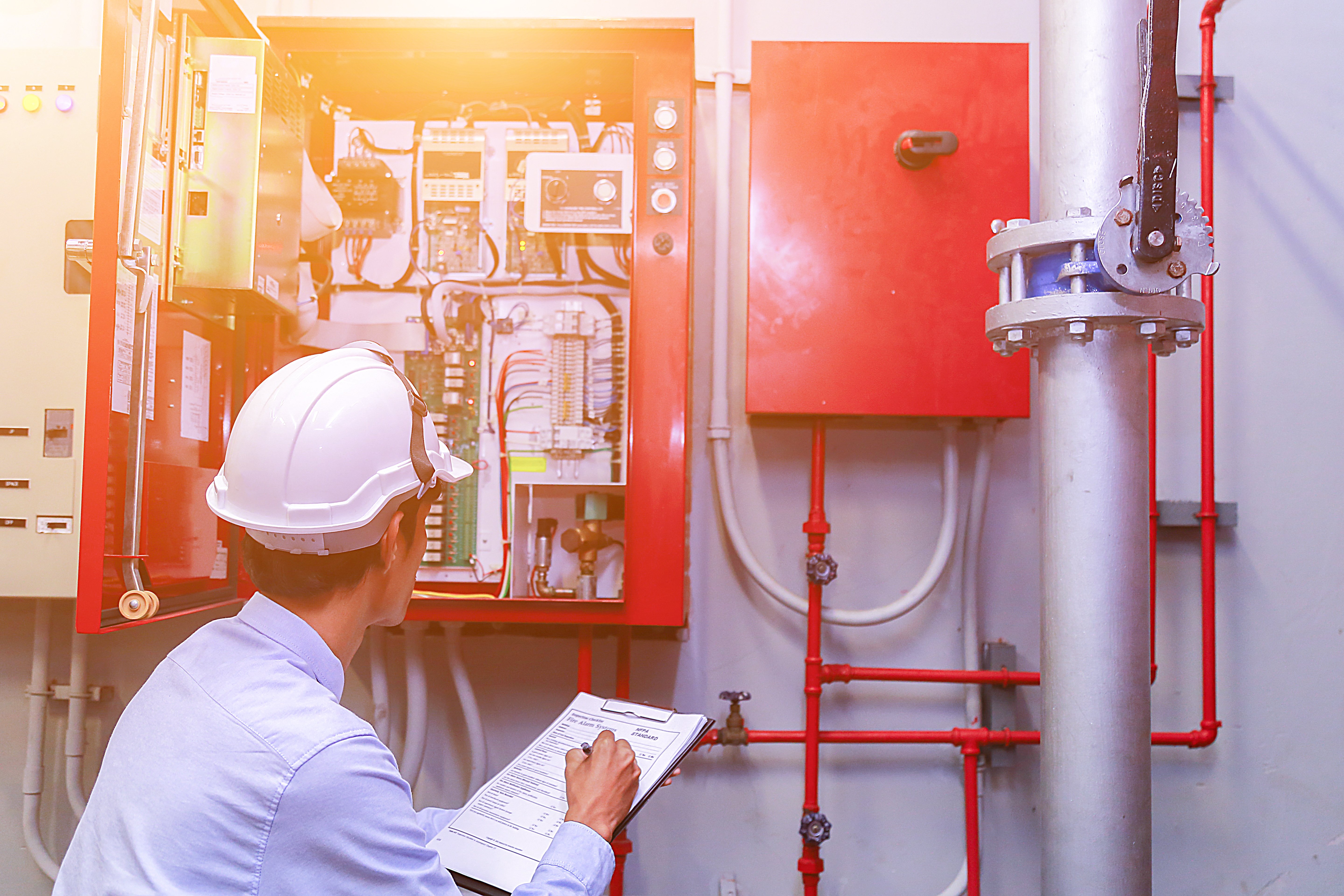

- #Fire system designer how to
- #Fire system designer install
- #Fire system designer update
- #Fire system designer code
#Fire system designer how to
This can include knowledge of how to submit a proposal to a client and how to complete the installation. They also need technical knowledge of building codes and regulations to ensure their designs meet all requirements.
#Fire system designer install
Technical knowledge: Fire alarm designers need technical knowledge of fire alarm systems, including how they work and how to install them. Effective communication can help you collaborate with others to create a fire alarm system that meets the needs of the client. They use their communication skills to explain technical information, answer questions and provide feedback. Fire Alarm Designer Skillsįire alarm designers need the following skills in order to be successful:Ĭommunication skills: Fire alarm designers communicate with clients, other professionals and colleagues throughout the design process. These training programs can last anywhere from one to three years.Ĭertifications & Licenses: Some employers may require fire alarm designers to pass an industry-specific certification to show their skills and knowledge are current. Apprenticeships and internships allow aspiring fire alarm designers to gain hands-on experience while working under the supervision of a current fire alarm designer. Training & Experience: Fire alarm designers typically receive on-the-job training in the form of an apprenticeship or internship. Courses in fire science include fire detection, fire protection systems, fire protection engineering, fire safety and fire prevention. Some employers prefer candidates who have a two-year associate’s degree in fire science or a related field. Fire Alarm Designer Job RequirementsĪ fire alarm designer typically needs to have the following qualifications:Įducation: Most fire alarm designers have at least a high school diploma or GED. In addition, new buildings will require fire alarm systems that meet current standards. As buildings age, their fire alarm systems also age and become less reliable.
#Fire system designer update
The need to update and maintain existing fire alarm systems will sustain demand for these workers. The employment of fire alarm designers is expected to grow much faster than average over the next decade. Developing fire safety education programs for schools or community groupsįire alarm designers typically earn a salary based on their level of education and experience, the size of the company they work for, and the location of the job.Inspecting buildings to determine fire hazards and risks, including the presence of flammable materials such as chemicals, poor ventilation, and exposed electrical wires.Researching and developing new technology related to fire detection and suppression systems.Conducting fire drills to ensure employees know how to respond in case of an emergency.Installing and maintaining fire alarm systems and other fire equipment such as smoke detectors and sprinkler systems.Working with architects and engineers to ensure compliance with building codes in regards to fire protection systems.Calculating risks involved with fire hazards in buildings, including the effects of smoke inhalation and structural damage.
#Fire system designer code

This is because they often have to design these systems from scratch-they can’t simply install off-the-shelf products and expect them to meet code requirements. They work with a variety of different types of equipment to ensure that their clients’ properties are protected against all types of fires, including electrical fires, chemical fires, and other emergencies.įire alarm designers must be well versed in building codes and regulations as they apply to fire safety systems.

Fire alarm designers are responsible for the design and installation of fire detection systems.


 0 kommentar(er)
0 kommentar(er)
